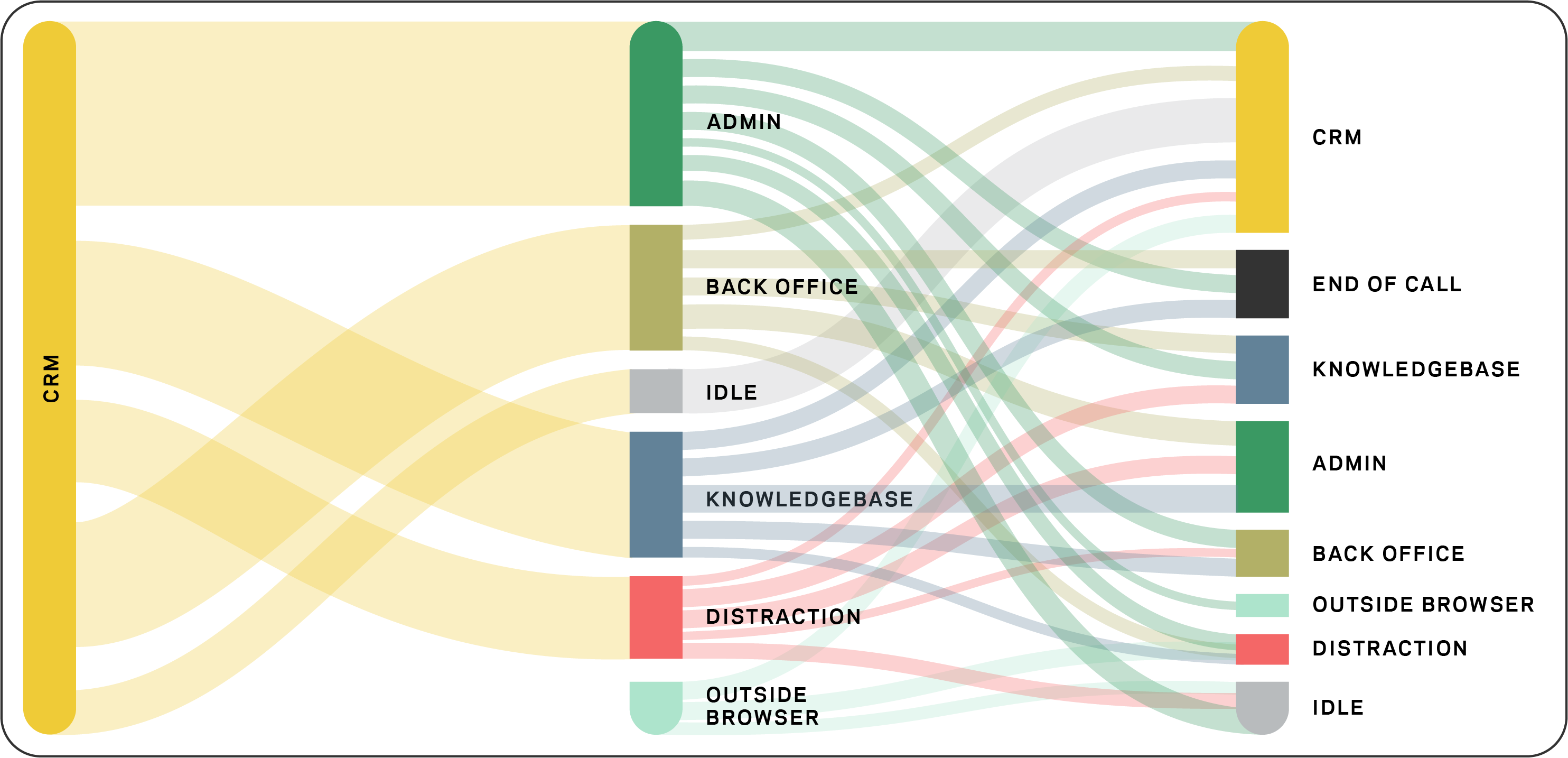News: Varo Bank raises massive $510M Series E at a $2.5B valuation as it eyes the public markets
Varo Bank, which last year became the first U.S. neobank to be granted a national bank charter, announced this morning it has raised a staggering $510 million in a Series E funding round at a $2.5 billion valuation. The massive “oversubscribed” financing comes nearly seven months after the fintech startup raised $63 million in a
Varo Bank, which last year became the first U.S. neobank to be granted a national bank charter, announced this morning it has raised a staggering $510 million in a Series E funding round at a $2.5 billion valuation.
The massive “oversubscribed” financing comes nearly seven months after the fintech startup raised $63 million in a round led by NBA star Russell Westbrook, who also joined the startup as an advisor focused on the direction of Varo Bank’s programs aimed at underserved communities, including communities of color.
Varo declined to reveal any hard revenue figures but did note that in the 13 months since obtaining its bank charter, the company has doubled its number of opened accounts to four million and tripled its revenue. The latest financing brings the San Francisco-based startup’s total raised to $992.4 million since its 2015 inception, meaning that this round alone effectively amounts to nearly $30 million more than what the company has raised over its lifetime. Varo has previously never disclosed valuation, but it did note that the $2.5 billion valuation figure is up “5x” since May of 2020.
At the time of its last raise, in February, Varo touted 3 million opened accounts. Doing the math we can deduce that the startup has added one million new accounts over the past seven months. At the time of its $241 million Series D last June (that included participation from U2’s Bono), Varo counted nearly 2 million banking and savings accounts.
New investor Lone Pine Capital led the latest round, along with “dozens” of additional new backers, including Declaration Partners, Eldridge, Marshall Wace, Berkshire Partners/Stockbridge and funds and accounts managed by BlackRock. They joined existing investors Warburg Pincus, The Rise Fund, Gallatin Point Capital and HarbourVest Partners.
Last year, Varo announced it had been granted a national bank charter from the Office of the Comptroller of the Currency (OCC) and secured regulatory approvals from the FDIC and Federal Reserve to open Varo Bank, N.A. — effectively becoming a “real” bank but with no physical branches.
CEO and founder Colin Walsh told TechCrunch that the move had a significant impact on his company’s growth. First off, it effectively eliminated an intermediary.
“Being in the regulated system loop has allowed us to expand our margins considerably,” he said. “We also now have direct access to the payment network so our ability to generate substantial value both to our consumers as well as to our shareholders is becoming more and more apparent.”
Walsh also said that Varo is not yet profitable, but is on its way there. He predicts that Varo will achieve profitability in about two years, or three years after becoming a bank.
“One of the nice things that the charter affords us is that we can actually pursue growth and profitability at the same time,” Walsh said. “It’s very much within that three-year window of when we became a bank.”
Also in the last 13 months, Varo has nearly doubled its employee count to nearly 800 today and expanded into a third hub in Charlotte, North Carolina.
Walsh admits that the raise was not necessarily in the company’s plans.
“We didn’t set out to raise this much money. It was coming in fast and furious and we were at like $510 [million] and I finally said, ‘Ok, enough,’ ” he said. “But the fact that we were able to raise this money without even really trying is evidence of the fact that there’s something happening that is just very culturally relevant in this moment and our success to me is very much about having that kind of impact at scale.”
The executive added that the choice of lead investor did tie in to its eventual plans to go public.
“They’re a very reputable sophisticated crossover investor that invests in high-growth, high-potential private market companies and ultimately work with them to go public,” Walsh told TechCrunch. “It’s definitely on the roadmap for us as I think there’s a ton of value we can create as a public company when the time is right.”
Existing investors, he added, aren’t putting pressure on Varo for that to happen. And so, Walsh predicts any move in that direction will only take place sometime “in the next couple of years.”
He also said that down the line, it’s possible that Varo would explore a global expansion.
Varo launched in 2017 with a mission to become “an all digital, mission-driven, FDIC insured bank designed around the modern American consumer,” Walsh said. Today, the company’s core product offerings include “premium” bank accounts that have no minimum balance requirement or monthly account fee and high-interest savings accounts combined with a suite of “tech-first features” designed to help people save and manage their money.
It recently launched Varo Advance, a short-term line of credit that gives qualifying customers a way to secure a cash advance of up to $100 within its app “in seconds” and Varo Perks cashback rewards. The company also has plans to launch Varo Believe, a credit building credit card program designed to help Varo customers “safely build or repair their credit,” with a flexible security deposit and without fees.
The new capital will go toward continued investment in its products, risk platform and design, according to Walsh. Varo’s goal is to scale to “tens of millions” of consumers and to become a “loved brand recognized for its social impact mission,” he added.
Since the beginning, the startup has been vocal about its intent to help boost financial inclusion with its offerings that aim to serve marginalized and underserved communities that it says have been historically excluded from traditional financial institutions. For Walsh, that remains important.
“We believe we’re on the cusp of creating what will be an iconic brand that’s doing good in the world,” he said. “I want to be like the ‘Patagonia of banking,’ like where people feel really good about the company and what we’re doing and the impact we’re having on people’s lives.”
Varo Bank competes with a growing number of all-digital banks operating in the U.S., including Chime, Current, N26, Level, Step, Moven, Empower Finance, Dave, GoBank, Aspiration, Stash, Zero and others.
Like many other fintechs, Varo saw a pandemic-related boost in business.
“It’s been a time when many re-evaluated their banking relationships and decided to switch to a digital bank that offers far better value and more convenience than a traditional bank,” Walsh said.
Lone Pine Capital’s David Craver said of his new investment: “What the Varo team has been able to achieve in such a short time in the market is truly remarkable. This is a group of trailblazers who are well on their way to building one of America’s next generation of iconic companies.
Warburg Pincus’ Todd Schell and Varo investor said from day one, his firm was aligned with Walsh’s view that the bank charter was fundamental to a long term sustainable business model.
“In Varo we saw the opportunity to radically redefine a cost structure, introduce new products across a wide variety of categories, and uniquely solve use cases which have historically been out of scope,” Schell wrote via email. “Varo today has all of the pieces to this puzzle, including a next generation banking technology stack, the license to operate and fully derive the benefits of it, and the capital to scale. Varo already serves millions of Americas, but we believe it has the potential to reinvent financial services for tens of millions of people around the world.”








